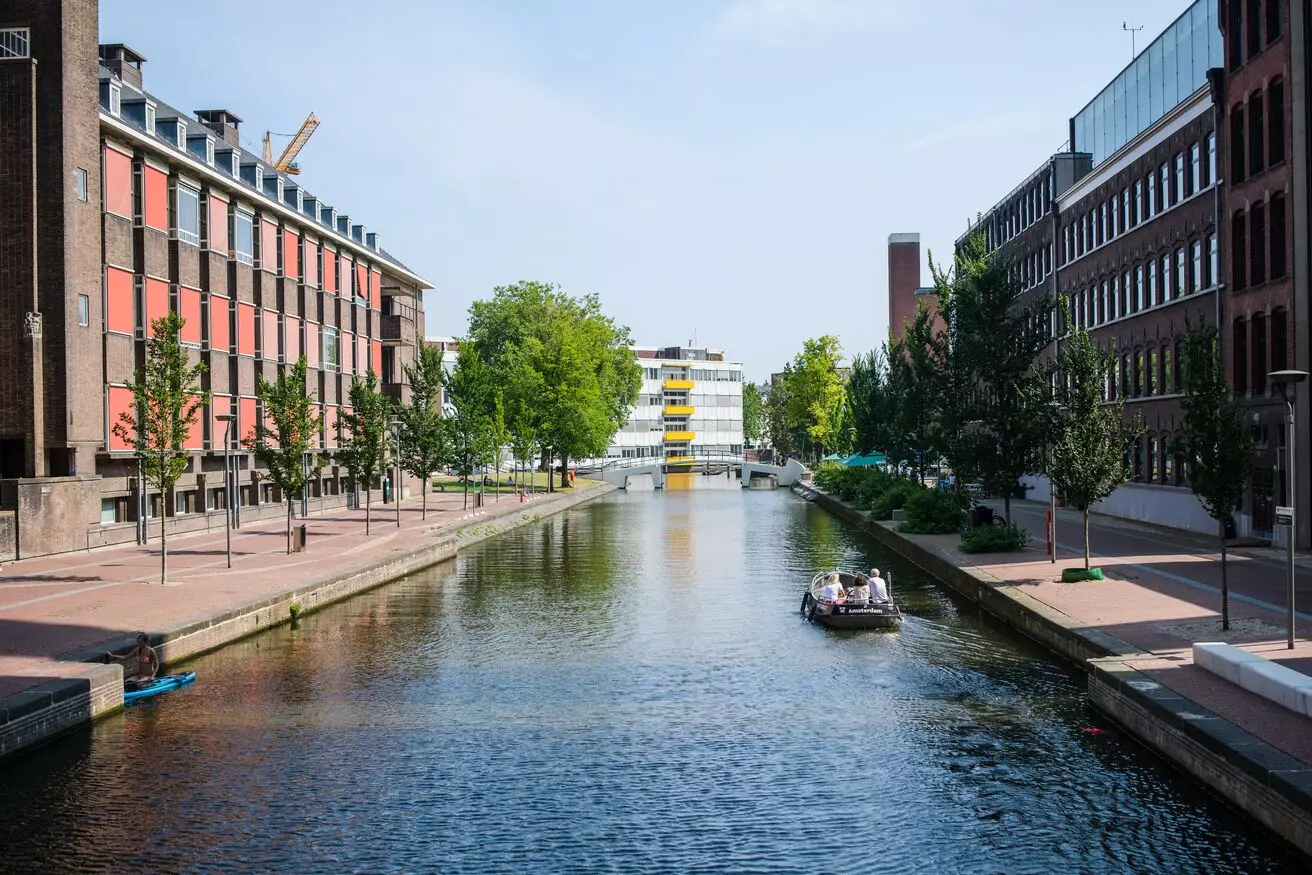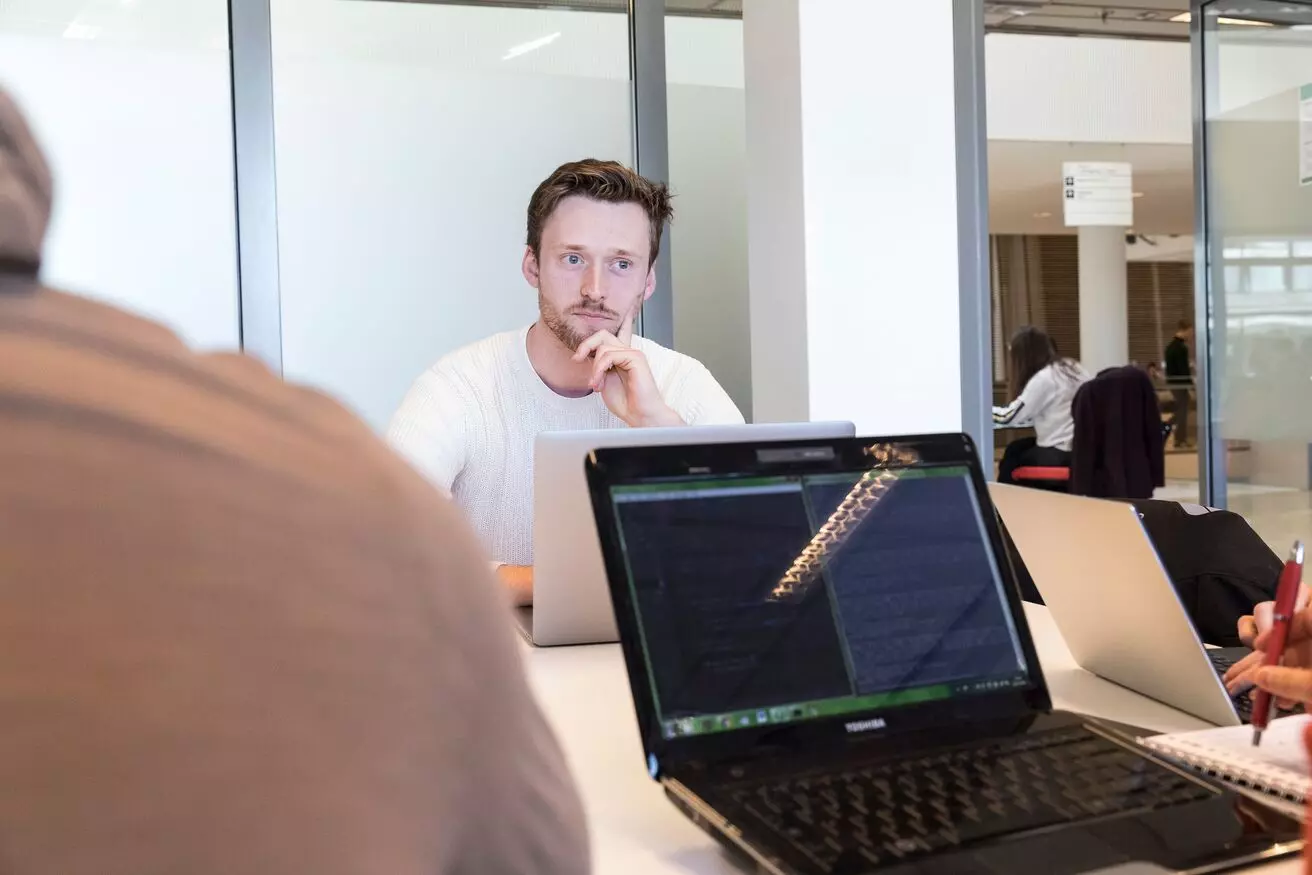Not found

More vacancies

(Post-doc) Researcher Accelerating the Protein Transition
- Faculty of Humanities
- €4.537 - €6.209
- Closes on19-05-2025
- PhD
- 30.4 hours
Would you like to contribute to interdisciplinary research on Accelerating the Protein Transition? And are you keen on working with societal stakeholders? SEVEN, the University of Amsterdam's (UvA) new interdisciplinary climate institute, is looking for an enthusiastic, dedicated researcher with a completed PhD to play a leading role in our 2-year project on accelerating the protein transition, to develop cutting-edge research and helps build partnerships and projects.
View vacancy

Scientist (Cognitive) Neuroscience
- Faculty of Social and Behavioural Sciences
- €3.378 - €5.331
- Closes on31-05-2025
- University
- Minimum 18 hours
Are you looking for a scientist position with a strong interdisciplinary focus, and do you have a strong interest in cognitive neuroscience? The Integrative Model-based Cognitive Neuroscience (IMCN) Research Group in the Psychology Department is looking for a scientist candidate that will combine model-based fMRI, microscopy and image processing to create 3D reconstructions of the human brain.
View vacancy

Junior Researcher on Adolescent Social Media Use and Well-being
- Faculty of Social and Behavioural Sciences
- €3.378 - €5.331
- Closes on21-05-2025
- Master's
- 32 - 38 hours
Are you interested in supporting research on adolescent social media use and well-being and contributing to the societal discussion on the topic? We are looking for a junior researcher to support ongoing work on the topic, including analyzing self-report and social media data through computational social science.
View vacancy
This website uses cookies
We, and third parties, use cookies on our website. We use cookies to ensure that our website functions properly, to store your preferences, to gain insight into visitor behavior, but also for marketing and social media purposes (showing personalized advertisements). By clicking 'Accept', you agree to the use of all cookies. In our Cookie Statement. you can read more about the cookies we use and save or change your preferences. By clicking 'Refuse' you only agree to the use of functional cookies.
